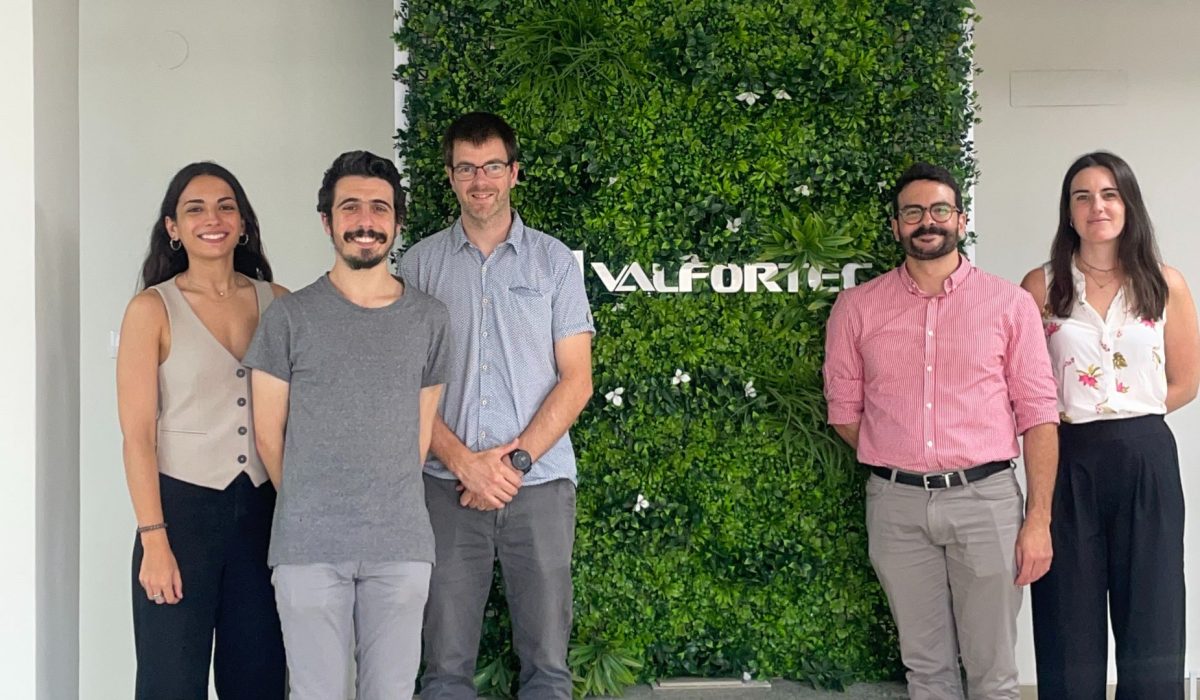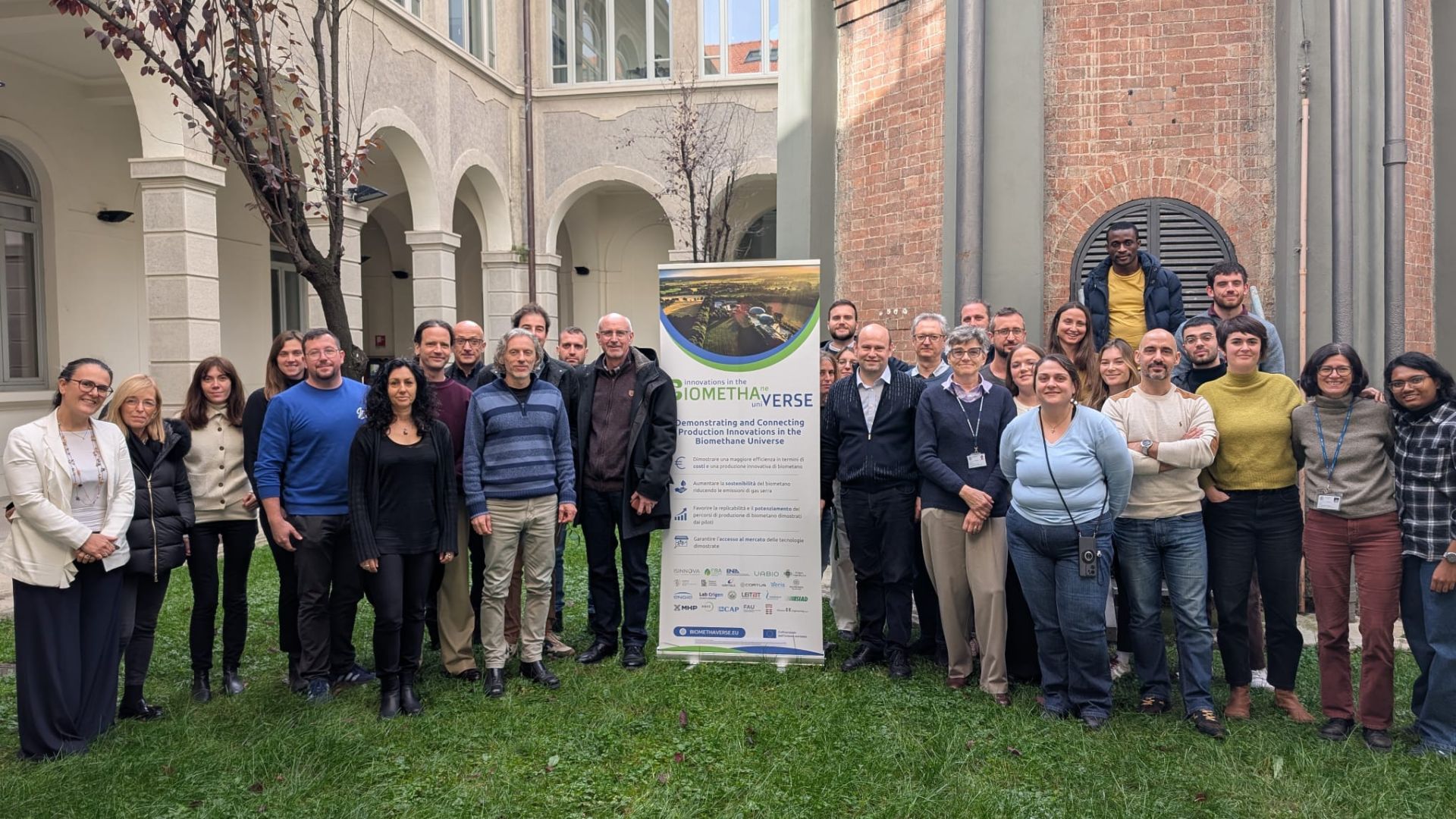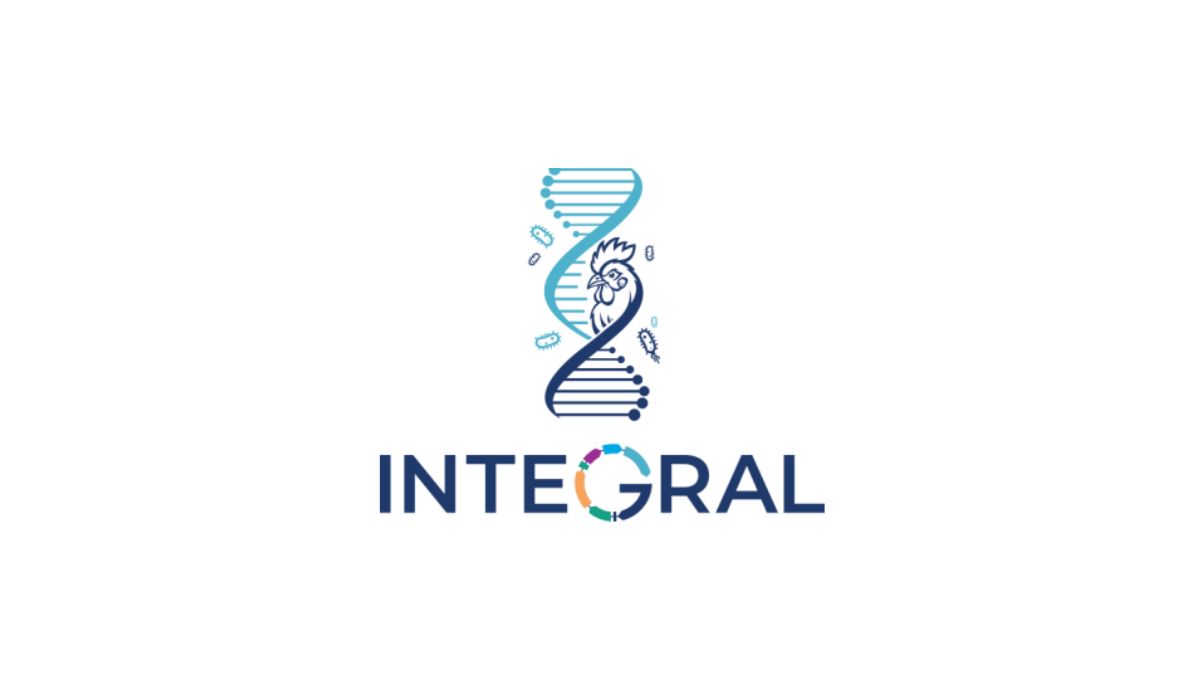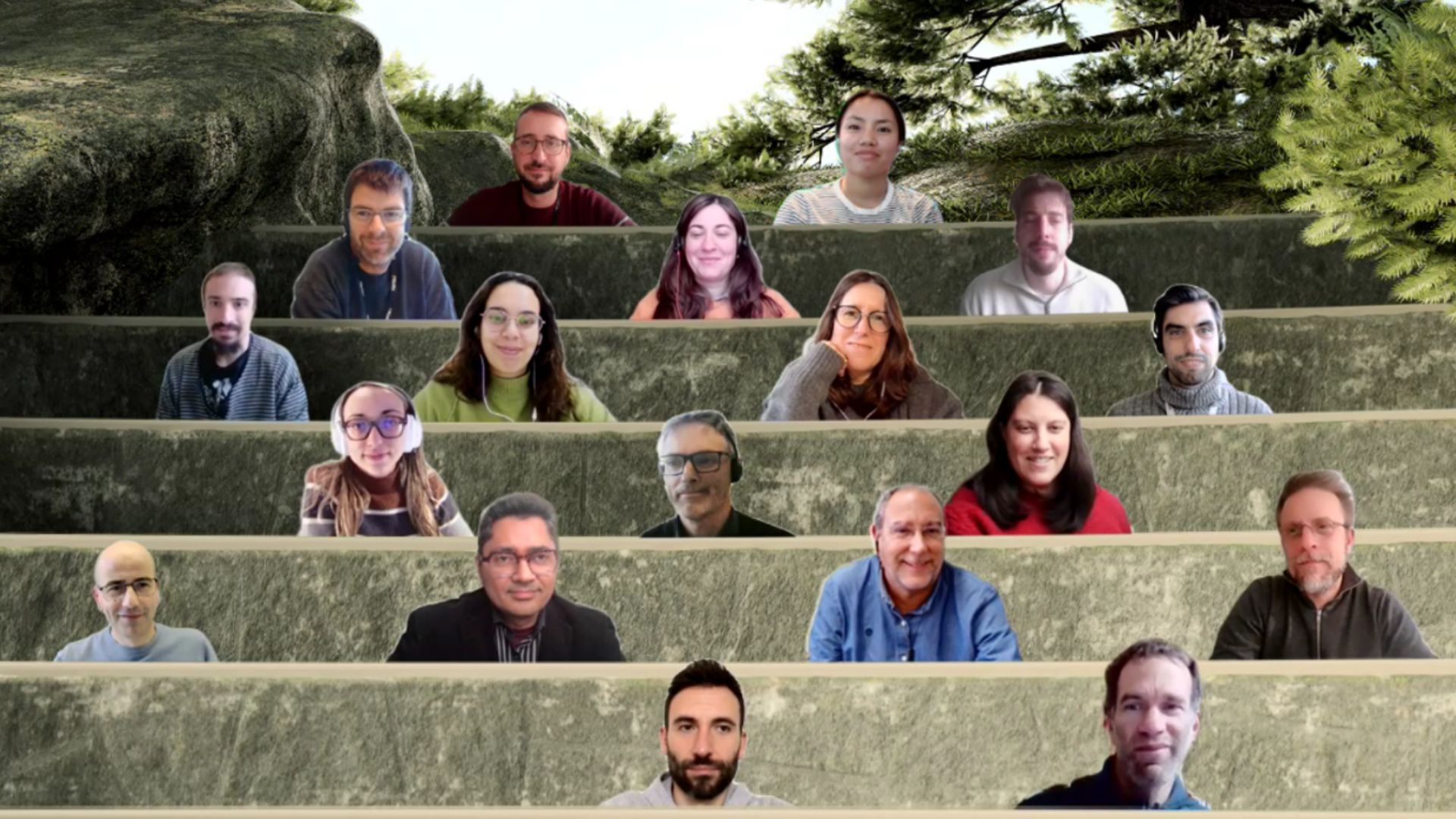On July 8th, Valfortec’s facilities in Castellón de la Plana hosted the fourth follow-up meeting of the STACKAEM project, an initiative focused on the development of a 5 kW anion exchange membrane (AEM) electrolyzer, which is key to the sustainable production of green hydrogen.
During the meeting, members of the consortium —Kemtecnia, Valfortec, Lurederra Technology Centre, Ochoa Maquinaria, and Leitat— jointly reviewed the technical progress made since the previous meeting, which took place in March at Leitat’s headquarters in Terrassa (Barcelona). This fourth working session was organized and led by Laura Salvá, Valfortec’s green hydrogen project manager, who stated that this meeting marks “another big step in steering the project toward success.”
Leitat, as a project partner, presented progress across several activities, including Activity 1, which focuses on the synthesis of new cathode catalysts and the electrochemical characterization of both cathode and anode catalysts. Results show that the team formed by Sandra Martínez, Gerard Martí, and Sergi Vilaró has developed carbon nanofibers with very promising performance for the cathode. Regarding MEA fabrication, various commercial membranes were evaluated, and one was selected for use in the next phases of the project. Additionally, different GDLs were tested using spray application of anode catalysts, yielding high-potential results.
As part of Activity 3, Leitat presented the final stack design with an active area of 100 cm² per cell, which is scheduled to be commissioned by the end of this year. The team consisting of André Martins, Miguel González, Pau Bosch, and Marian García has developed the technical drawings for the stack, enabling operation with this design up to 5 kW.
Finally, within Activity 5, the team composed of Martí Aliaguilla and Inma Sánchez presented the foundation for the upcoming life cycle assessment (LCA) of the electrolyzer.
Now at the halfway point of its development, STACKAEM is progressing as planned and is expected to be completed by November 2026. The project not only represents a technological breakthrough in clean energy, but also a commitment to economic and social development: once operational, the electrolyzer is expected to generate at least 6 direct jobs, with the potential to create up to 100 new jobs within a 5 to 7-year horizon.
The next steps of the project will focus on integrating the various balance-of-plant (BOP) components with the stack, validating the prototype, and planning pilot tests, all of which are crucial for ensuring the viability and scalability of the AEM electrolyzer.
Project CPP2022-010058 funded by:





